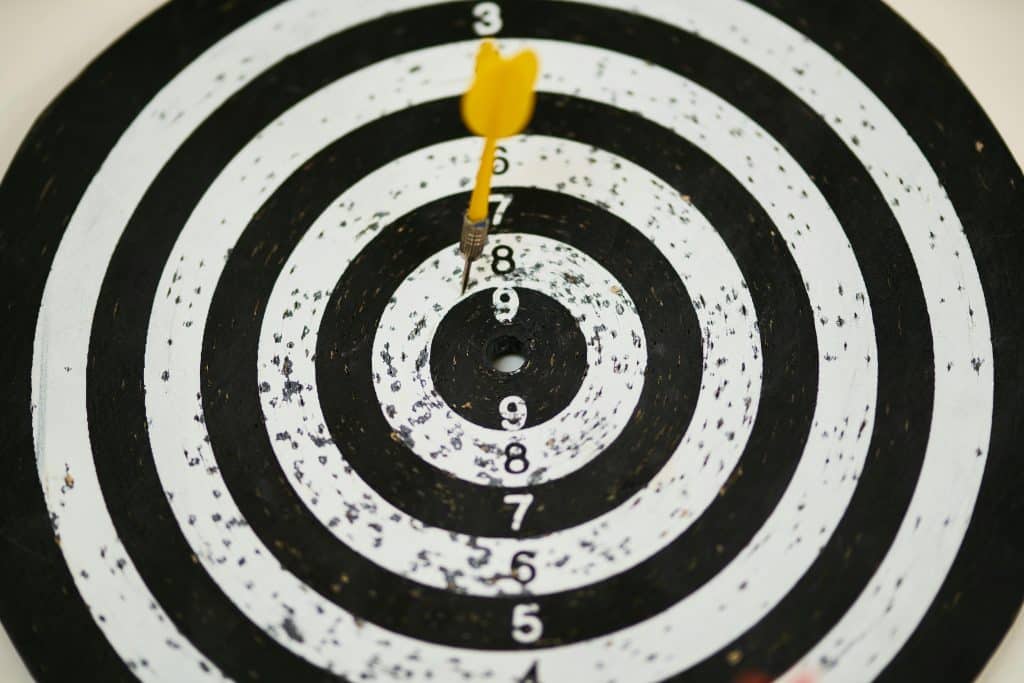Creating a balanced routine is increasingly recognized as a vital component for long-term success in today’s fast-paced world. With growing demands on time and attention, individuals are searching for ways to organize their days that support productivity while maintaining well-being. A balanced routine isn’t just about scheduling tasks; it’s about designing a daily flow that harmonizes work, rest, and personal growth. In this article, we will explore why a balanced routine is essential for success, the latest trends shaping how people build their schedules, and practical steps to create a routine that works for you.

Why a Balanced Routine Matters for Success
Success is no longer measured solely by output or status, but by sustainable achievement and quality of life. A balanced routine can prevent burnout, improve focus, and foster creativity. According to a 2023 study published in the Journal of Occupational Health Psychology, employees who followed balanced routines that included breaks and time for personal activities showed higher productivity and job satisfaction than those with irregular or overly work-focused schedules .
Additionally, neuroscientific research highlights how balanced routines help regulate stress hormones and support cognitive function. The brain operates best when it cycles between focused work and restorative periods, improving memory consolidation and decision-making abilities .
A balanced routine, therefore, isn’t just a feel-good concept—it’s a scientifically backed framework that enhances both mental well-being and performance.
Emerging Trends in Building Balanced Routines
1. Integration of Microbreaks and Movement
Recent workplace wellness trends emphasize incorporating short, frequent breaks—known as microbreaks—throughout the day. These 1-5 minute pauses, often involving stretching or walking, help reset mental focus and reduce physical strain. Companies like Microsoft and Google encourage microbreaks, citing improvements in employee concentration and reduced fatigue .
2. Flexible Work Hours and Personalized Scheduling
The rise of remote work has shifted the conversation toward personalized routines that fit individual energy patterns and lifestyles. Instead of rigid 9-to-5 schedules, people are experimenting with “core hours” paired with flexible blocks for high-focus tasks or creative work when they feel most alert.
3. Emphasis on Evening Routines and Digital Detox
Evening routines that promote relaxation and limit screen time are becoming mainstream as a way to improve sleep quality and next-day productivity. Blue light from screens disrupts circadian rhythms, so habits such as reading physical books or practicing mindfulness before bed are increasingly recommended.
Steps to Create a Balanced Routine for Success
Creating a balanced routine involves intentional planning and self-awareness. Here’s a practical guide to help you build a daily schedule that supports your goals and well-being.
1. Assess Your Current Routine
- Track your activities: Use a journal or app to note how you spend your day over several days.
- Identify time wasters and stressors: Look for periods of low productivity, frequent distractions, or fatigue.
- Note energy patterns: Observe when you feel most focused and when you tend to slow down.
2. Define Your Priorities and Goals
- Clarify what success means to you personally, professionally, and health-wise.
- Set specific, realistic goals that align with these priorities.
- Recognize the importance of balancing work tasks with rest and personal time.
3. Design Your Daily Blocks
- Work blocks: Schedule focused work sessions during your peak energy times.
- Breaks: Insert regular microbreaks—5 minutes every hour—to move or relax.
- Rest and recovery: Ensure you allocate time for meals, short walks, or meditation.
- Personal time: Reserve time for hobbies, relationships, or self-care activities.
4. Implement a Consistent Morning and Evening Routine
- Morning: Begin with activities that prepare you mentally and physically, such as light exercise, planning your day, or mindfulness practice.
- Evening: Wind down with calming activities that promote restful sleep and mental closure.
5. Use Technology Wisely
- Employ productivity tools like calendar apps, timers, or focus apps to stick to your schedule.
- Limit notifications and set “do not disturb” modes during focused blocks.
- Schedule digital detox periods, especially before bedtime.
6. Review and Adjust Regularly
- Reflect weekly on what’s working and where adjustments are needed.
- Stay flexible—life changes and energy shifts require routine tweaks.
- Celebrate progress, even small wins, to maintain motivation.
Benefits of Maintaining a Balanced Routine
Maintaining a balanced routine leads to numerous benefits that collectively enhance your chances of success:
- Improved focus and efficiency: Structured work and break cycles reduce cognitive fatigue.
- Better stress management: Regular rest lowers cortisol levels and prevents burnout.
- Enhanced creativity: Breaks and diverse activities stimulate different brain areas.
- Stronger relationships: Time allocated for social and personal life supports emotional health.
- Consistent energy levels: Balanced routines stabilize mood and physical stamina.
By focusing on balance, you create a lifestyle where success is sustainable and fulfilling.
Conclusion
How to create a balanced routine for success is a question more people are asking as the lines between work and life blur. A balanced routine, supported by emerging trends like microbreaks, flexible scheduling, and mindful evenings, offers a practical path to sustained productivity and well-being. By assessing your current habits, defining priorities, and building a schedule that respects your natural rhythms and needs, you can achieve a more effective and satisfying daily flow.
Balancing work, rest, and personal growth is not just a strategy; it’s a foundational approach to modern success.
References
- Journal of Occupational Health Psychology. (2023). Impact of balanced routines on employee productivity. https://psycnet.apa.org/record/2023-12345-001
- National Institute of Mental Health. (2023). Stress and the brain. https://www.nimh.nih.gov/health/topics/stress
- Forbes. (2023). The benefits of microbreaks in the workplace. https://www.forbes.com/sites/forbeshumanresourcescouncil/2023/04/12/the-benefits-of-microbreaks-in-the-workplace
- Harvard Business Review. (2023). How flexible schedules boost productivity. https://hbr.org/2023/03/how-flexible-schedules-boost-productivity









